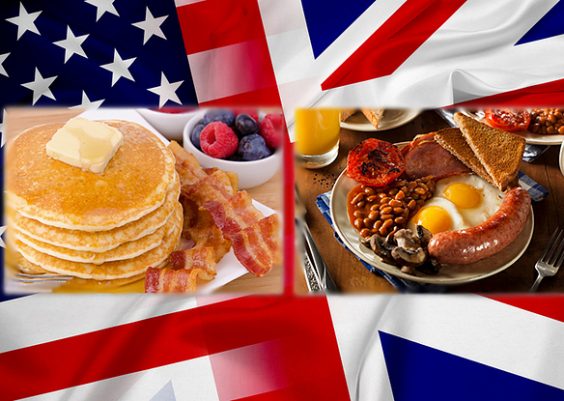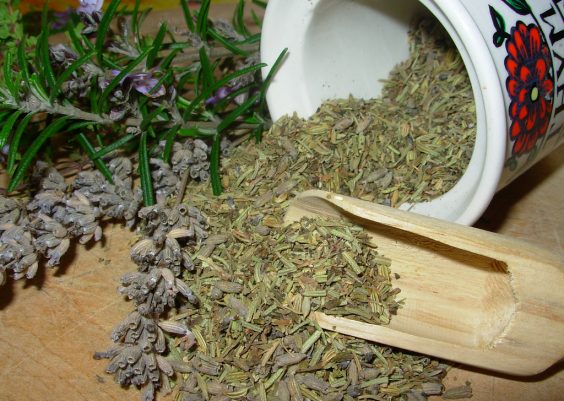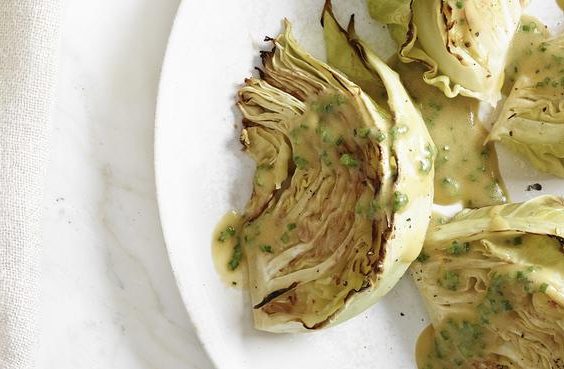So you’re at your local supermarket, perusing the shelves to fill up your get-ripped grocery list, and everything’s going along smoothly. But right before you pick up your usual low-fat plain yogurt or lean cut of sirloin, you notice that tastier options—that sugary fruit-flavored yogurt, the sumptuous porterhouse—are staring you in the face, begging to be enjoyed over those lackluster imitators.
It’s the classic fit guy’s dilemma. And yeah, we know it sucks. But thanks to some clever engineering, a brand-new machine, and a little bit of food-science trickery, choosing between taste and nutrition might be a thing of the past.
The secret? Tricking your nose.
By cloaking healthy foods with the aroma of more delicious ones, scientists can make those more healthful options seem more appetizing—without needing to add unhealthy ingredients.
“Based on our lab work, we’ve come to believe that aromas can help compensate for the reduction of fat, sugar, and salt in healthful foods, and make them more appealing to consumers,” said Thierry Thomas-Danguin, Ph.D., who pioneered the method with his colleagues at the Center for the Science of Flavor and Food in Dijon, France. Thomas-Danguin presented his work at the 252nd meeting of the American Chemical Society in Philadelphia.
“Most consumers know that they should be eating more healthful foods made with reduced amounts of fat, sugar, and salt,” he said in a press release. “But this is problematic because these are the very ingredients that make many of the foods we like taste so delicious.”
While our taste buds are obviously crucial for detecting, say, the delicate bitterness of dark chocolate or the salty acidity of ketchup, smell actually plays a major role in determining how intensely those flavors come across. That’s why holding your nose helps mask the taste of atrocious-tasting medicine. It’s also why scented candles can smell “tasty,” even though they’re made of wax.
So Thomas-Danguin and his team tested their theory with an experiment. They created a flan—as in the custardy cake—and added the aroma of ham to it with a little bit of salt. They then asked people to taste this “ham-scented” flan (our words, not theirs) and compare the taste to that of a traditional flan. The results? Participants thought the ham-scented option tasted as salty as the traditional flan, even though the ham-scented one had 40% less salt.
Clearly, the aroma technique worked (even if ham-scented flan isn’t landing on our recipe list anytime soon). The only question: How could Thomas-Danguin and his team find additional aromas, specifically those that simulated sweet flavors?
Their solution: Inventing the first-ever Smell-o-Vision machine—or at least something like it.
Technically called a Gas Chromatograph-Olfactometry Associated Taste device, the researchers used their new creation—and the help of some eager testers—to isolate the specific aroma molecules that give fruit juice its sweet smell. Armed with these taste-enhancing smells, Thomas-Danguin says, food manufacturers can create foods that taste great without all the extra fat, sugar, or salt.
“Our goal is to optimize the reformulation process, so the food industry can produce more healthful products that consumers will like as they are and will choose to eat them regularly,” he said.
Until then, we’ll just have to focus on these 30 muscle-building foods—or, if you like living dangerously, these 10 insanely spicy and healthy recipes.
No ham flan required.





